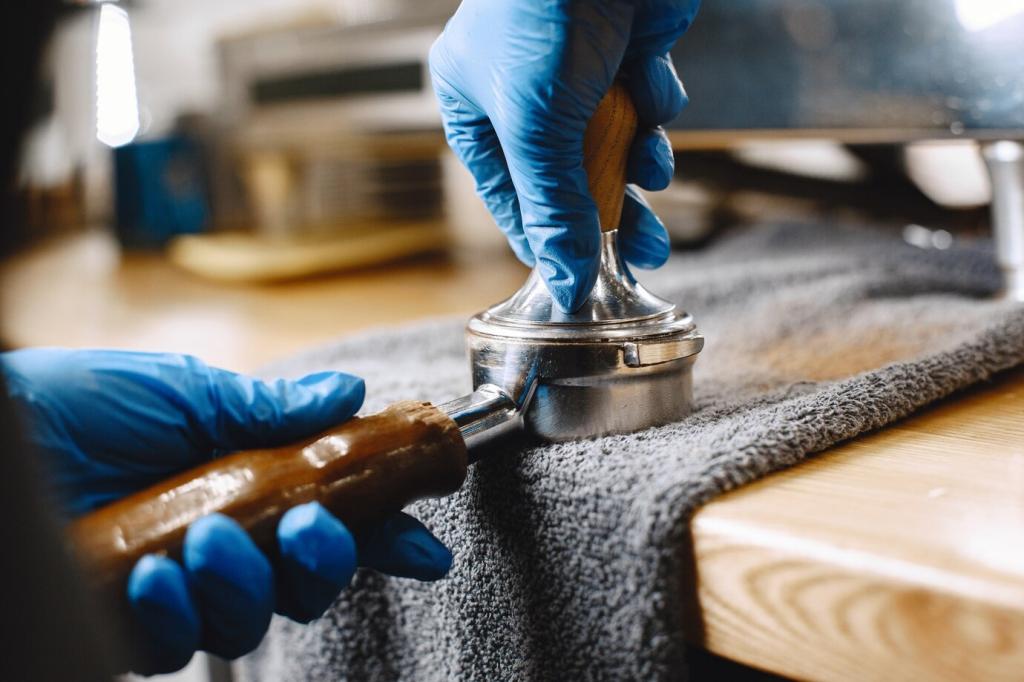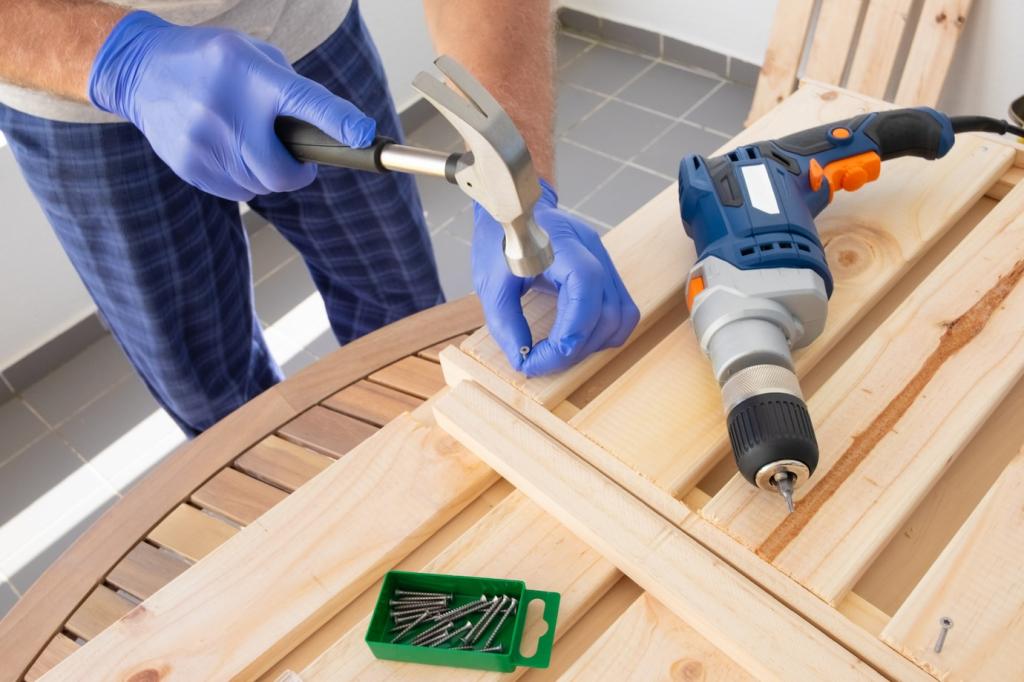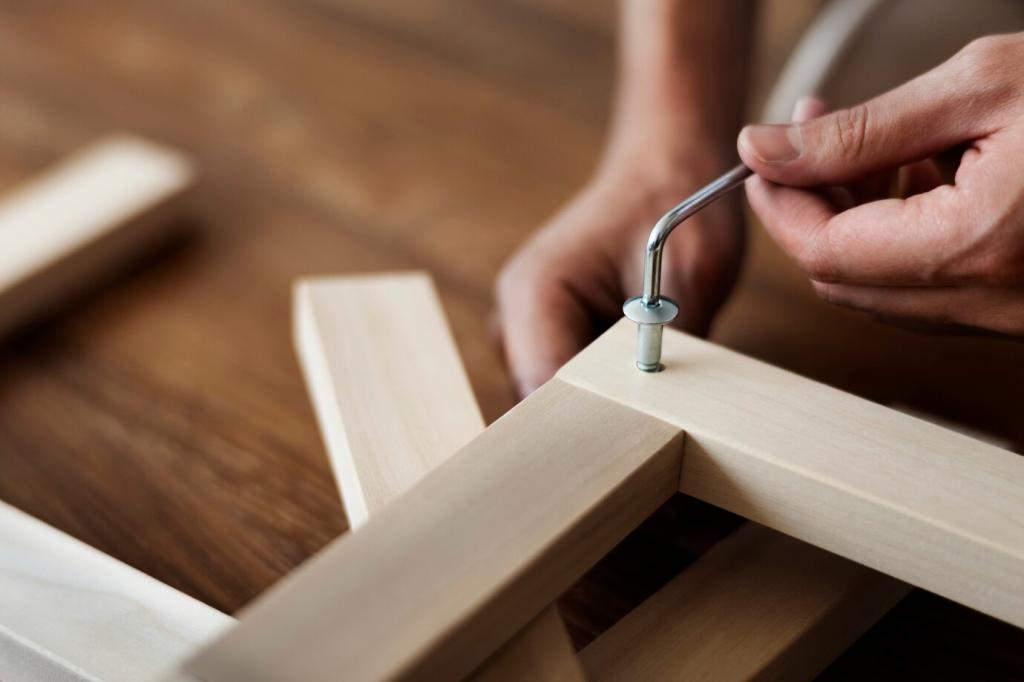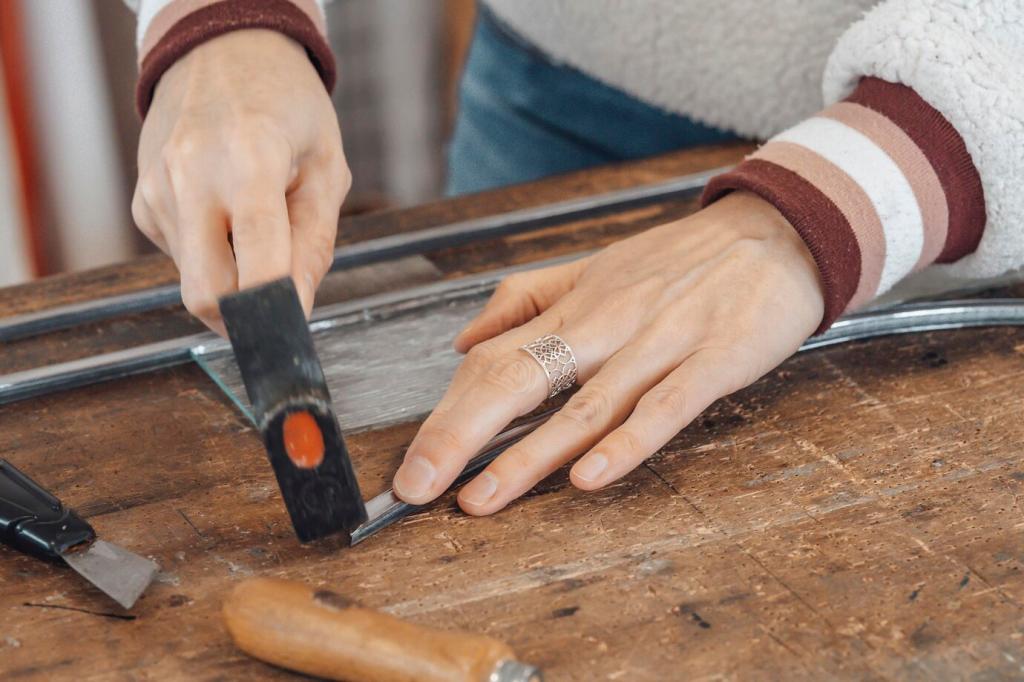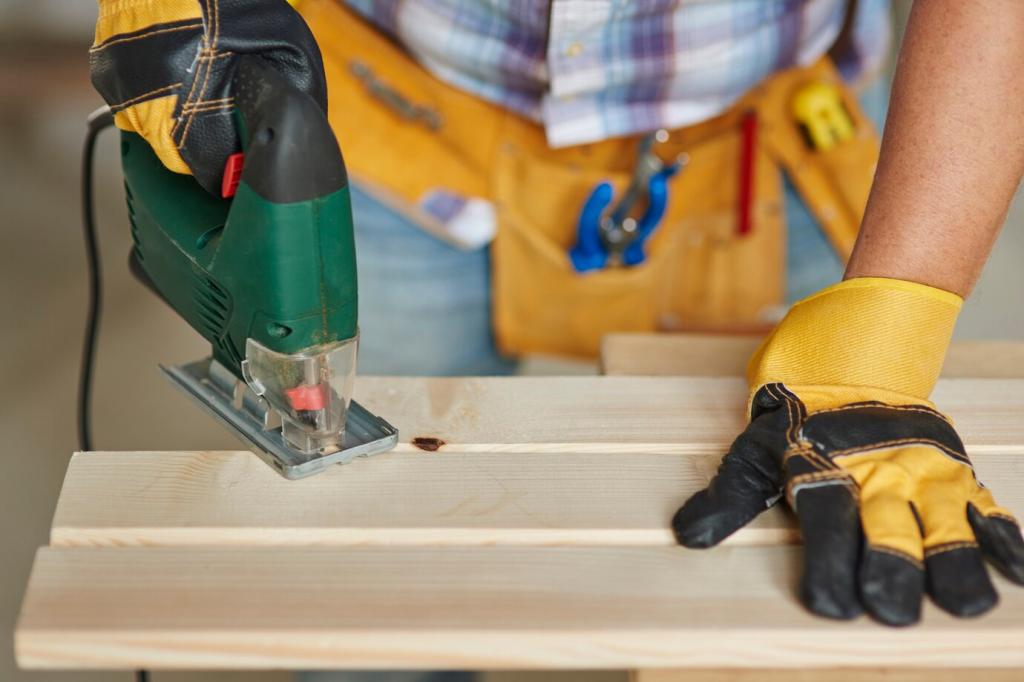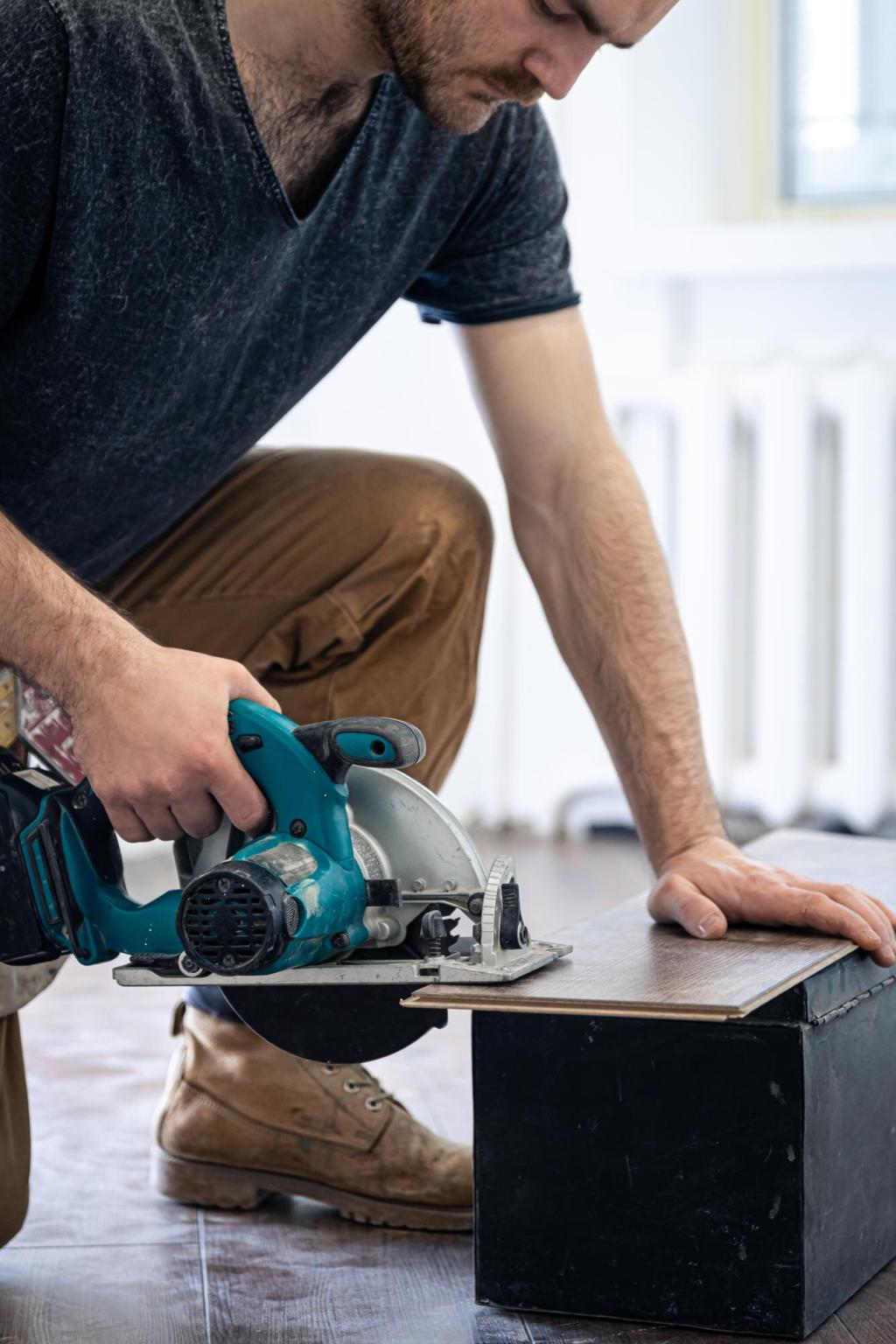Pads, Mats, and Barriers: Small Shields, Big Impact
Add felt pads to chair legs, lamp bases, and decorative objects to prevent scratches and noise. Replace them every few months as dust compacts the fibers. Choose pads that cover the full contact area. After rearranging a room, do a quick pad check—tiny circles of felt quietly save finishes every single day.
Pads, Mats, and Barriers: Small Shields, Big Impact
Use runners, placemats, and heat-resistant trivets at dining tables, and consider bump-on spacers under glass tops to allow airflow. Trapped moisture between glass and wood can haze a finish. Linen or cotton cloths breathe better than plastic covers, helping the surface avoid condensation, especially in humid climates or lively kitchens.

